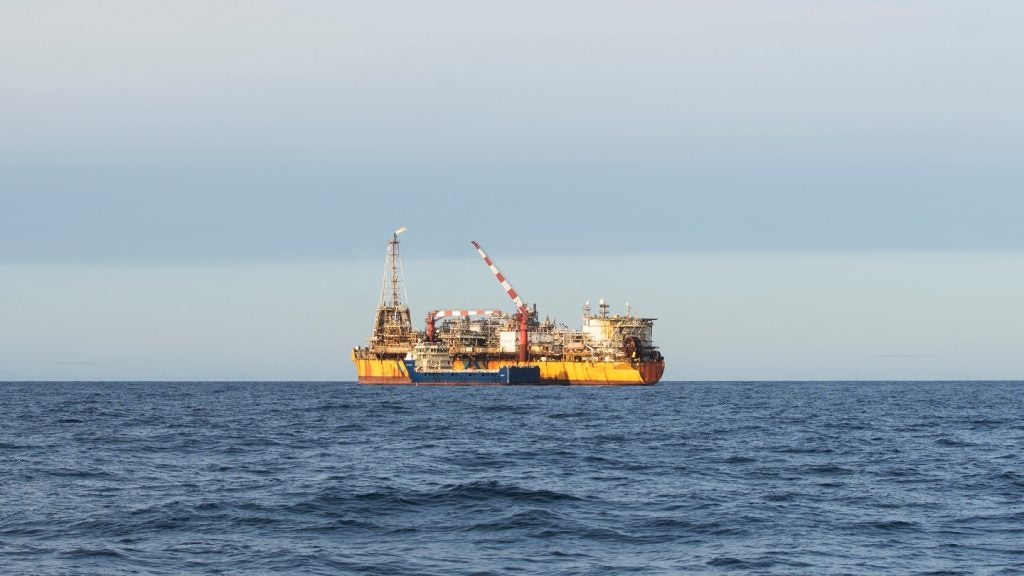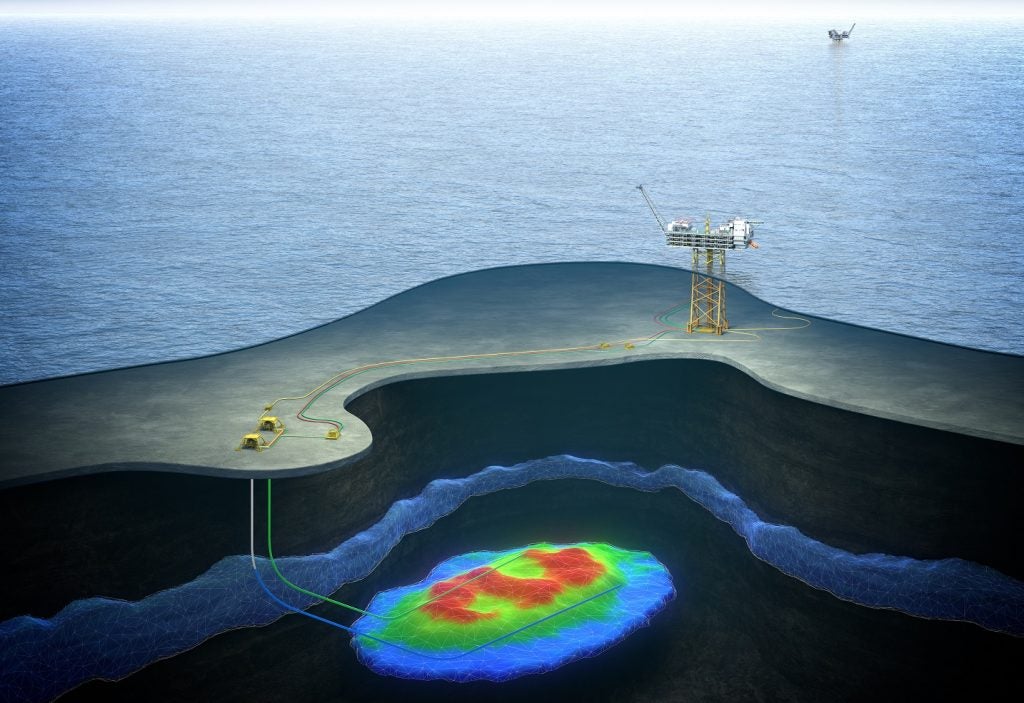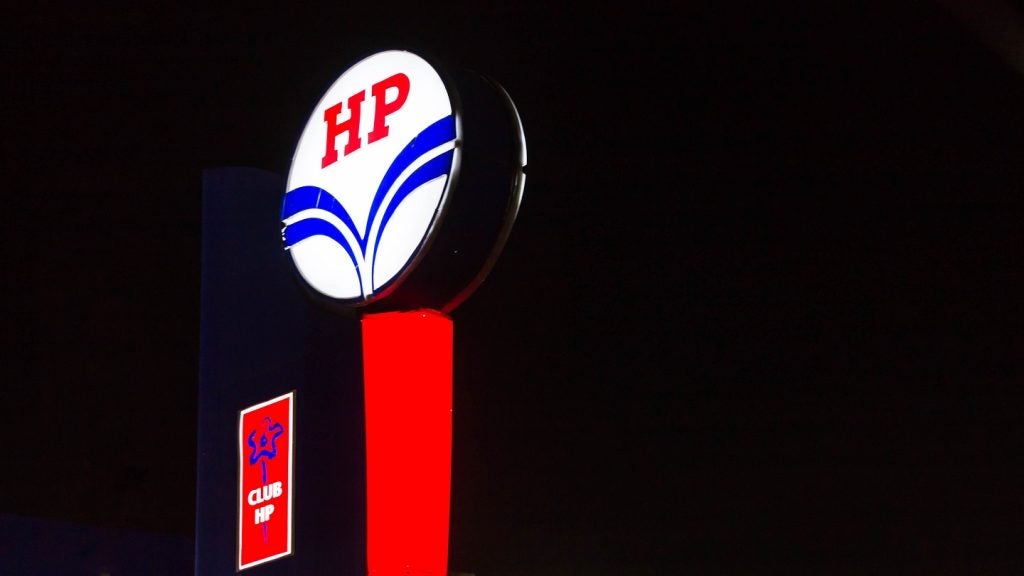Kazakhstan’s offshore oil field Kashagan may not restart production in 2014 if test results reveal cracks in the offshore part of its pipeline network, according to Kazakh Oil and Gas Minister Uzakbai Karabalin.
The results are expected in May, although ‘suspicions have emerged’ of microcracks in pipelines laid in the Caspian Sea, Karabalin told reporters.
The recoverable reserves of the field are estimated at nine to 13 billion barrels of oil.
In early October production was ceased following the detection of gas leaks in the pipeline network.
Asked when output could be restarted, Karabalin said: "It’s impossible to say anything right now … because suspicions have emerged that there may be microcracks in the offshore stretch of the pipeline, as well."
See Also:
He added that closer checks of ‘possible risks offshore’ were hampered by ice melting in the shallow Caspian Sea, although he confirmed that checks must be completed in late May.
How well do you really know your competitors?
Access the most comprehensive Company Profiles on the market, powered by GlobalData. Save hours of research. Gain competitive edge.

Thank you!
Your download email will arrive shortly
Not ready to buy yet? Download a free sample
We are confident about the unique quality of our Company Profiles. However, we want you to make the most beneficial decision for your business, so we offer a free sample that you can download by submitting the below form
By GlobalDataHarsh conditions, including sea ice during the winter, temperature variation from -35 to 40 °C (-31 to 104 °F), extremely shallow water and high levels of hydrogen sulfide, together with mismanagement and disputes, make the field one of the most challenging oil megaprojects.


.gif)




